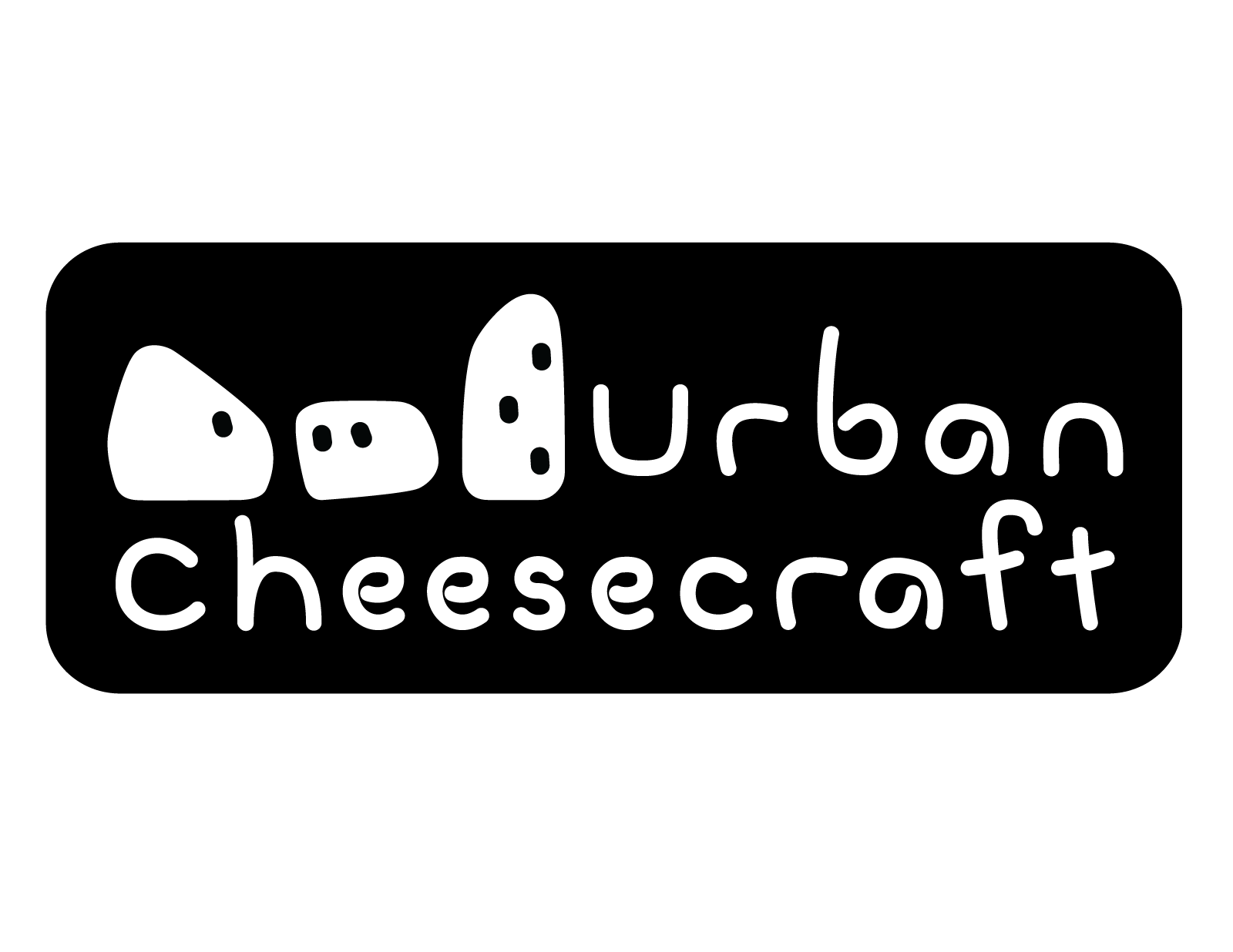FAQs - Traditional dairy cheese
Did you run into a surprise result? Don’t worry, a simple adjustment usually solves the issue.
Below are the questions and issues we run into from time to time regarding recipes in our kits and book, One Hour Cheese. If you don’t find what you need here, feel free to reach out with specific questions. Do note that the advice given is directly related to our kits and book recipes only. You may find some help here even if you didn’t follow one of our recipes, but we encourage you to contact the creators of your particular recipe for most direct assistance. Thanks for stopping in!
First, here’s the most important tip and a little pep talk. Ready?
Don’t toss your results immediately just because something didn’t turn out as expected.
When it comes to quick, fresh cheeses, if it tastes good, simply rename it and use it! It is probably a true cheese somewhere in the world, it’s just not the one you set out to make. If you love it; note the conditions, milk used, any “mistakes” you know you made etc. That way you can reproduce it in the future! Follow through with draining your results through cheesecloth and salting the cheese to your taste.
If it’s too loose and creamy, you have ricotta or cream cheese. If it’s too crumbly or firm, you have queso fresco or paneer!
Be creative and resourceful. Most cheeses are the results of happy mistakes and discoveries invented out of necessity anyway. Enjoy the process and your discoveries. They all add up to the craft that is cheesemaking.
For next time, think through the steps again, re-read the recipe; was there something you missed? Often, it’s a matter of rushing through a step (cutting curd after adding rennet) or taking too long in another (heating). The important thing is not to get discouraged and try again!
How can you make goat cheese in 1 hour?
Our kit makes an easy, beginners’ goat cheese similar to ricotta or other farmer cheeses. Chevre just means goat in French so it covers an endless variety of cheeses made of goats’ milk.
Aged and cultured goat cheeses require more time, rennet and added cultures. We may offer more advanced kits in the future but for now, this is a great start. As you will see there are endless varieties you can make if you incorporate different spices, herbs, and shapes. Have fun experimenting!
Note- If you have made other fresh cheeses with cow milk you may be expecting the curds to look like the same with goat cheese (big and chunky). You will still see the curdling happen when you add the acid but it is a lot more subtle. Just drain in the fine cheesecloth included in your cheese kit and you will end up with wonderful, creamy cheese. Always, always follow through, cheese has a magical way of working out.
My mozzarella is like cream cheese. It never firmed up.
This is usually because the curd did not get a chance to release enough whey making the final cheese contain too much moisture.
To make sure you take things slowly, stir the rennet in when the milk hits 90 degrees Fahrenheit. Stop stirring after about 15 strokes and heat milk to 105 degrees. Turn off the heat and cover the pot for 10 minutes.
Turn the heat back up and heat the curd to 110.
Lower the heat to the lowest setting when you have a clean break (a very clean slice that fills with whey immediately- if the whey is still milky, allow the pot to sit for another 15 minutes off the heat).
After cutting the curd into (more or less) one inch pieces, allow the cubes to cook/shrink in the hot whey for 1-2 minutes undisturbed. Then, move them ever so slowly in the whey while checking the bottom of the pot for larger pieces and cutting them as you go if needed.
At least 90% of the curd pieces should lose their sharp cut edges (they’ll look more like scrambled eggs than yogurt) and a piece should be able to be held without running right through your fingers. This happens within 2-3 minutes as you slowly move the pieces in the warm whey maintained at 105-110F. It’s a subtle difference but a very important one. Patience pays off here. Turn off the heat and proceed to drain the curd, then heat it with your chosen method for the stretching steps.
My mozzarella won’t stretch!
Getting the taffy-like mozzarella stretch is extremely dependent on proper heat. More than likely the temperature wasn’t right when you microwaved it or heated it in hot whey or hot water. Or some of it stretched and the rest cooled.
Note: You may have read that the stretch depends on the PH of the curd and it does, however, our kits use citric acid so the PH is controlled and consistent. We do not create acidity with cultures. That is when PH is more of a variable. We don't have to worry about that part!
Some tips:
Aside from using a thermometer, you can test for stretchiness by taking a small marble sized ball and kneading it, if it is rubbery, gets shiny and stretches, you’re on your way!
If using the hot bath method-
It helps to stretch in batches; split the curds into 4 parts and stretch one part at a time.
Keep your water or whey on a low simmer so you can add more to your bowl when it gets cool. Dump the cooled water or whey out for maximum heat.
If using the microwave method-
Fold the curd at least 10 times after each heating to make sure that the heat is evenly distributed. Work quickly and continue heating.
Add another 30 seconds if it seems a little stretchy but not quite shiny. Overheating will make the final result dry and yellowed so only add an extra minute.
My cheese tastes bland- I like sharp cheddar
Fresh cheeses that are not aged (like cheddar) are mild in flavor but you can add salt, spices and herbs for delicious flavor. When we add it at home it may seem like a lot, but don’t be shy (add a little, taste, add more, taste).
Cheese salt is flaky/fluffy so it’s not as “salty” as your usual table salt. For more flavor or if you are on a salt-restricted diet, try dry pepper flakes and herbs or spices. Smoked paprika and lemon pepper (usually contains garlic) are big flavor boosters. Have fun experimenting!

